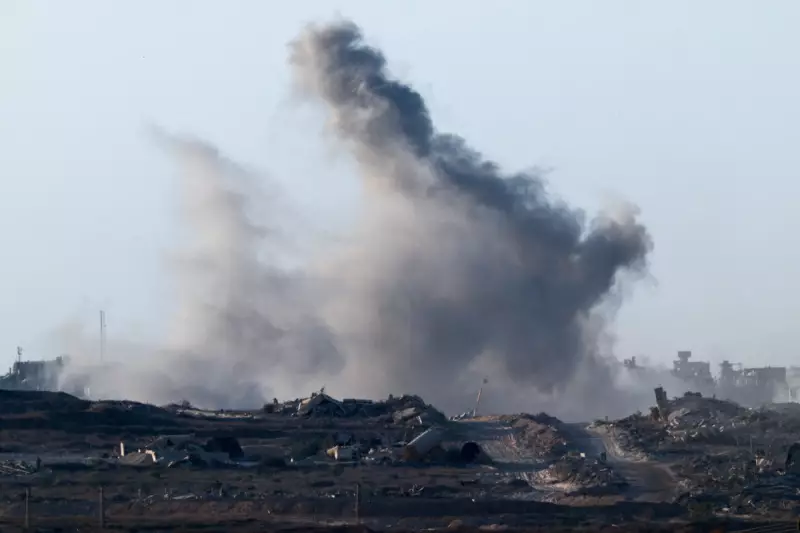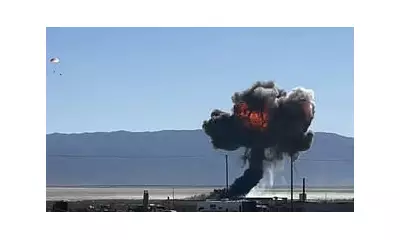
In a dramatic development that could reshape Middle Eastern politics, former President Donald Trump has unveiled a comprehensive peace plan for Gaza, presenting what he describes as a "final resolution" to the protracted Israel-Hamas conflict.
The Proposal's Core Components
Trump's ambitious blueprint, revealed through close associates, outlines a multi-phase approach to ending the violence that has plagued the region. The plan reportedly includes:
- Immediate ceasefire implementation with international monitoring
- Comprehensive hostage exchange between conflicting parties
- Humanitarian corridor establishment for essential aid delivery
- Long-term governance restructuring for Gaza's administration
Regional and International Reaction
Initial responses from regional powers have been cautiously optimistic, with several Middle Eastern nations expressing willingness to consider the proposal. However, scepticism remains high among traditional Western allies, who question the timing and feasibility of the initiative.
Political analysts note that Trump's re-entry into international diplomacy through this proposal marks a significant moment in his post-presidency, potentially signalling broader ambitions in global conflict resolution.
Humanitarian Crisis and Path Forward
The proposal emerges against the backdrop of a deepening humanitarian crisis in Gaza, where civilian populations face severe shortages of essential supplies. Trump's plan emphasises rapid deployment of international aid and medical assistance as immediate priorities.
While details remain fluid, the proposal has already sparked intense debate among international stakeholders, with some viewing it as a potential breakthrough and others as political posturing ahead of crucial electoral cycles.
The international community watches closely as this unexpected diplomatic initiative unfolds, potentially offering new hope for resolution in one of the world's most intractable conflicts.





